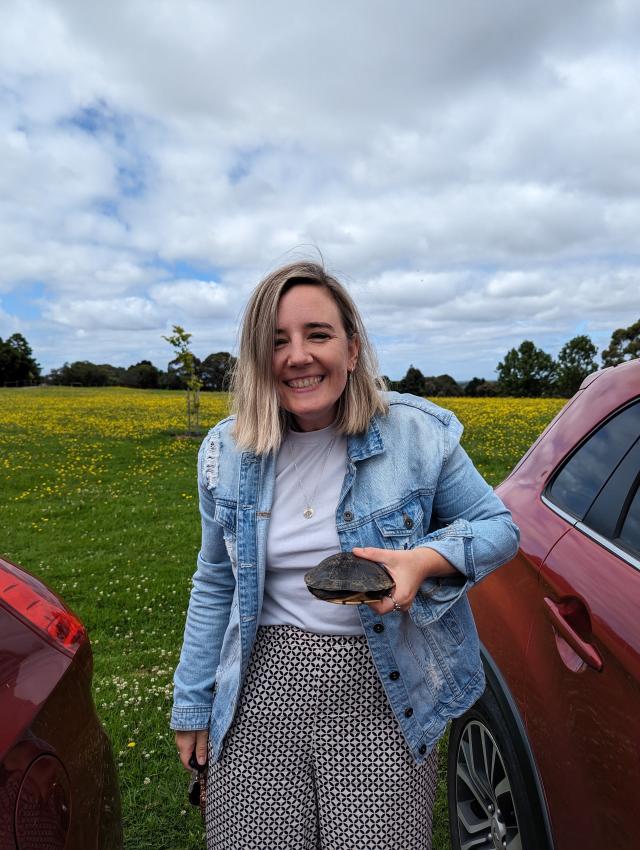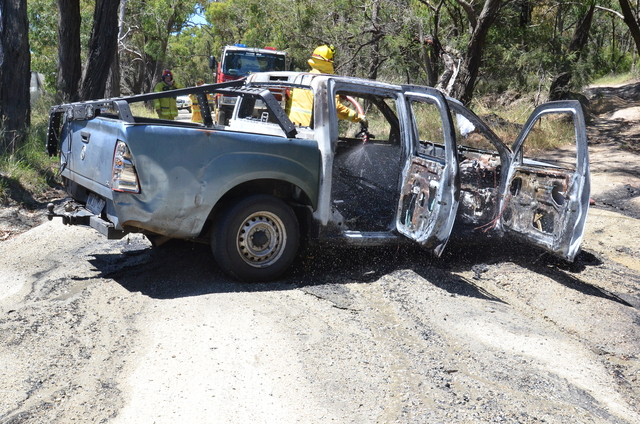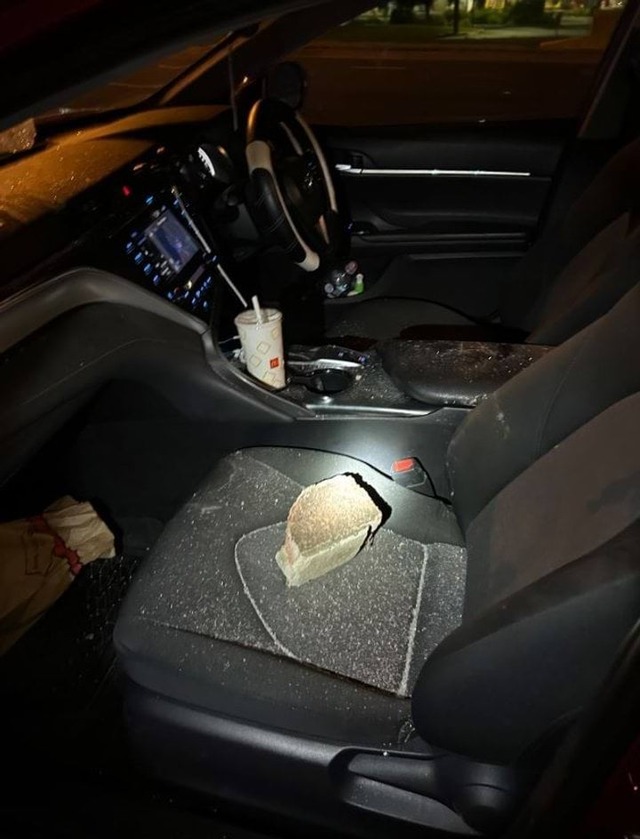Last week, Monash Health Pakenham was responsible for more than just the people in our community with a couple of turtles brought away from danger after a staff member’s chance encounter.
Team leader Natasha Van Der Zweep had not one but two separate encounters with turtles who were making their way across the roads in the local area.
She originally drove past one on the drive up the hill to the medical centre on Henty Way, and only on close inspection did she realise it was not a leaf but a turtle. She turned around and grabbed it from danger.
“I used to own a long-neck turtle as pet, so I was comfortable handling it,” she said.
“I put it in my car and drove it around for a bit, not really knowing what exactly to do with it.”
She would go down to the nearby lake where she dropped it off; it was definitely the right spot as she recorded a video of the turtle happily entering the water.
Then she came across another turtle later, where she promptly got a picture to mark the unusual encounter.
“I was little bit shocked and I just wondering where they are coming from,” she said.
“I think the first one peed on me, it stunk, later I found they pee when they get nervous.”
She was ecstatic to be able to do her bit for the community here in Pakenham, and wishes to let the community know to look out for turtles and other animals who may be making their way to other habitat sites due to the weather warming up.
The most common turtle in Victoria is the eastern long-necked turtle, commonly mistaken when in the wild as a lost pet when in fact there is a large wild population.
Their migration in the summer months see them emerge from slow moving water bodies, like roadside drains, wetlands, dams and retarding basins and try to cross over roads to find a new home.
If you encounter a turtle on a road or footpath, you can pull over if safe to do so and help it get to the nearest, slow moving body of water such as a drain or a pond.
You can also download the iNaturalist Australia app where you can report the encounter which helps build important data for ecologists.







